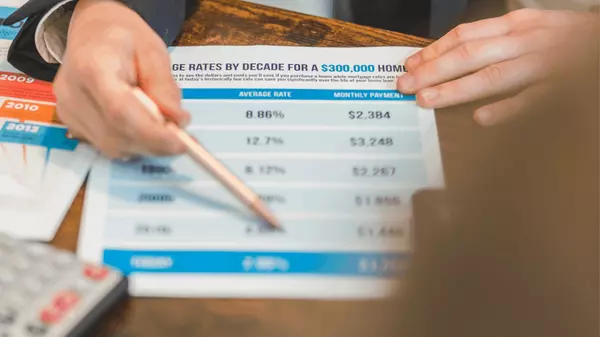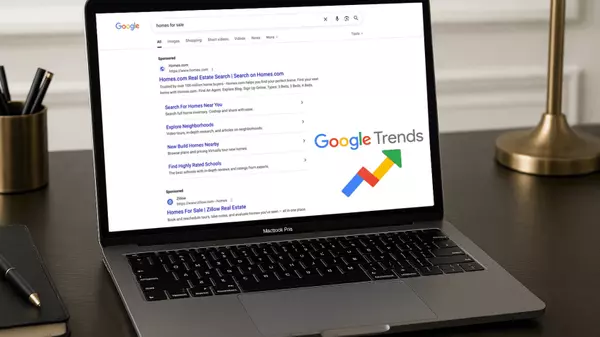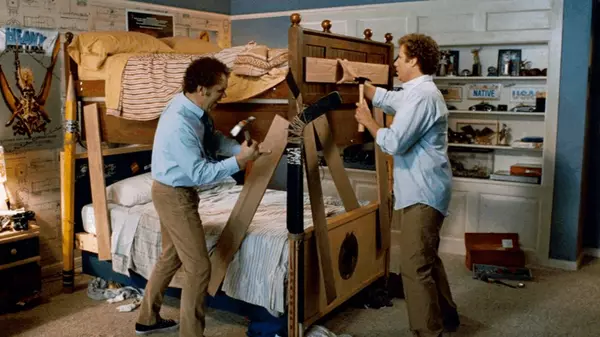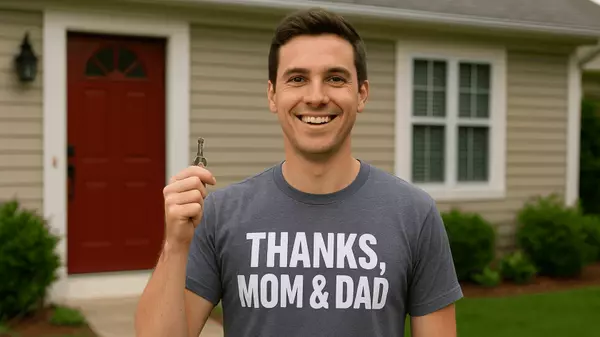New Construction vs. Fixer-Upper: What’s the Smarter Move in 2025?

For the first time in years, existing homes (yes, the older ones that often need updates) are selling for more than brand-new construction.
According to the latest numbers, the median price of an existing home is $429,400. For a newly built home? $410,800.
That’s an $18,600 difference.
So if you’ve been eyeing a resale home thinking it’s the “cheaper” option, you might want to check out all your options.
Let’s break down what’s going on, why it matters, and what it means if you’re thinking about buying a home.
The Numbers Say It All
It used to be that brand-new homes were priced way above resales. From 2010 to 2019, the gap between new and existing homes averaged about $66,000. Over the past five years, that gap narrowed to around $25,000 on average.
Things first flipped in Q2 and Q3 of 2024, when the median price of existing homes surpassed new homes for the first time. And now in 2025, that trend is holding strong.
Not only are resale homes more expensive than new construction, but the direction nationwide pricing is also telling:
-
New home prices decreased 0.9% year-over-year
-
Existing home prices increased 1.7% over the past year.
The Real Cost of a Fixer-Upper
Renovation projects aren’t what they used to be, and buyers who jump into a fixer-upper thinking they’ll save money could be in for a surprise.
Here’s why:
-
Materials and labor costs are still elevated. Inflation may have cooled since the pandemic, but home renovation prices remain high. Lumber, roofing materials, and skilled labor all come at a premium.
-
Contractor delays and backlogs continue to slow down projects. You might wait weeks (or months) just to get someone out for an estimate.
-
Surprise expenses are almost guaranteed. From outdated electrical systems to mold behind walls, older homes often come with hidden repair needs that snowball fast.
-
Time is money. Renovating takes time. For many buyers, the stress, delays, and additional carrying costs add up.
So while a fixer-upper might look more affordable up front, once you add everything up, you could be spending more than if you bought something brand new.
Why New Construction Is Suddenly the Better Deal
Builders are still coming out ahead right now becasue they’re responding to the market.
They’re building smaller homes with more efficient layouts. They’re choosing affordable locations. And they’re offering real buyer incentives, including interest rate buydowns, closing cost assistance, and design upgrades that help buyers stretch their dollars further.
And because they’re operating at scale, they can do all this while keeping prices in check (at least somewhat). That’s why we’re seeing new home prices soften while resale prices keep climbing.
When a Fixer-Upper Might Still Be Worth It
Now, let’s be fair, there are still situations where a fixer-upper makes more sense. This can include:
-
You’re buying below market value and have done the math.
-
You have the budget, timeline, and team or skills to renovate (and you’re not in a rush to move in).
-
You want a specific neighborhood where no new construction exists.
-
You’re planning a custom remodel and want full control over the home’s look and layout.
What This Means for You
If you’re in the market for a home, don’t assume that “older” means “cheaper.” That’s no longer the case.
You could be paying more for a home that needs work than you would for one that’s move-in ready, energy-efficient, and backed by a builder warranty.
And in this market, every dollar counts.
So before you commit to a fixer-upper, take a look at all your options. This includes running the numbers, looking at the incentives, and figuring out what makes the most sense for your budget, your timeline, and your goals.
You might be surprised by what’s possible right now.
Categories
Recent Posts










GET MORE INFORMATION

